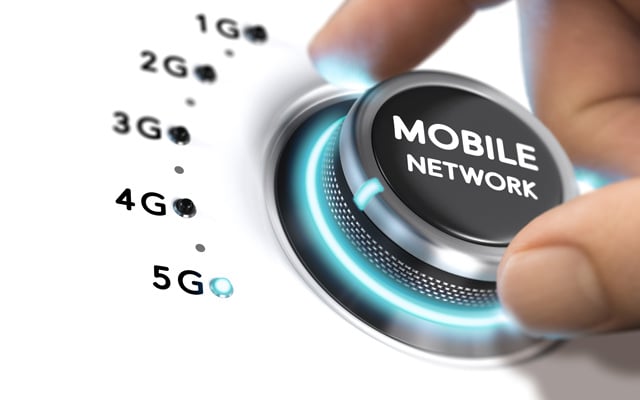GSM is the standard behind the Second Generation (2G) of wireless telephone technology. First launched in Finland in 1991, it quickly became the world’s standard network technology, delivering fast, secure wireless connections.
GSM marked the switch from analogue to digital mobile telecoms. It was the first platform to accommodate data services (SMS and MMS) across mobile. Security was the other big factor in its favour. With the previous 1G networks, it was easy to hack communications through radio scanners. GSM encrypted data and calls, so only the intended recipient of a communication could receive or read it.
Over time, new cellular networks (3G, 4G and 5G have emerged to deliver the greater bandwidth and higher upload/download speeds demanded by mobile users and device manufacturers.
However, the GSM standard is still widely used in many territories. Although it was designed primarily with phones in mind, GSM-based networks also happen to be very effective for transporting small packets of data, reliably and securely. This means that 2G is still used for billions of connected devices: everything from car infotainment systems to equipment monitors.
4G LTE technologies are also evolving to preserve some low bandwidth options for IoT device deployments. These are LTE Cat 1, LTE Cat M (LTE-M) and LTE Cat NB (NB-IoT).




